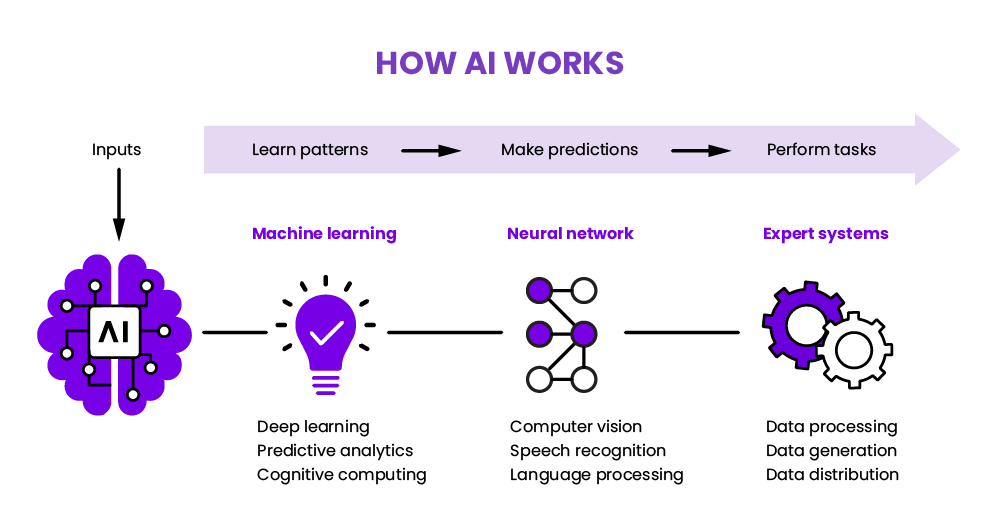Robustness and accuracy are core legal requirements under the EU AI Act, ensuring that AI systems perform reliably, safely, and within their intended purpose. These properties are especially critical for high-risk AI applications, where errors or system instability can directly harm individuals or violate fundamental rights. Compliance demands that AI models are tested, validated, and monitored for resilience against failures, adversarial inputs, and environmental variability.

1. Background and Establishment
In AI development, robustness refers to a system’s ability to maintain stable performance across a range of real-world conditions. Accuracy, meanwhile, measures how well the system’s outputs reflect the intended ground truth or expected results.
The EU Artificial Intelligence Act codifies both as essential compliance criteria, particularly for high-risk AI systems. Without them, AI becomes unreliable, discriminatory, or dangerous—undermining both legal safety standards and public trust.
2. Purpose and Role in the EU AI Governance Framework
Robustness and accuracy requirements aim to:
- Guarantee that AI systems perform safely and consistently under realistic use conditions
- Minimize false positives, false negatives, and unintended outcomes
- Protect individuals from harm, manipulation, or misjudgment
- Ensure the system can tolerate errors, noise, or adversarial interference
- Establish a legal standard for system integrity and resilience
They are central to maintaining user trust, market integrity, and ethical AI deployment.
3. Legal Basis in the EU AI Act
Robustness and accuracy are formally required under:
Article 15 – Mandates that high-risk AI systems be developed to achieve:
- Appropriate levels of accuracy, robustness, and cybersecurity
- Performance that aligns with the system’s intended purpose
- Resilience to errors, misuse, and malicious attacks
Annex IV – Requires technical documentation to include:
- Accuracy metrics
- Testing protocols
- Robustness evaluation results
Article 9 – Risk management systems must include controls for unpredictable or hazardous behavior
Non-compliance can block market access and lead to regulatory enforcement.
4. The Role of the EU AI Safety Alliance
The EU AI Safety Alliance supports compliance with:
- Tools for robustness and stress testing
- Accuracy benchmarking frameworks across diverse datasets
- Templates for documenting metrics in Annex IV format
- Simulation environments to test edge-case behavior
- Advisory services for risk mitigation planning and post-deployment monitoring
These resources help ensure that performance is not only optimized—but also legally defensible and ethically grounded.
5. Key Requirements for Compliance
A compliant AI system must:
- Define and document target accuracy levels
- Show evidence of performance across scenarios and demographics
- Demonstrate resilience to variability in input data or operating environments
- Include fallback mechanisms or safeguards in case of malfunction
- Avoid system degradation when deployed at scale or under stress
- Pass tests for cybersecurity vulnerabilities and adversarial inputs
Each requirement must be verifiably recorded and traceable throughout the AI lifecycle.
6. Evaluation Metrics and Testing Practices
Accuracy and robustness testing should include:
- Confusion matrix analysis (e.g. precision, recall, F1-score)
- Cross-validation on disjoint data sets
- Bias and fairness audits across demographic slices
- Scenario simulation testing (e.g. edge cases, adversarial attacks)
- Stress tests simulating network loss, unexpected inputs, or system overloads
- Time decay evaluations to assess performance over time
Testing results must be integrated into both the technical documentation and compliance roadmap.
7. How to Ensure Robustness and Accuracy Under the EU AI Act
To meet your obligations:
- Define acceptable performance thresholds early in development
- Use diverse, representative data for training and validation
- Run structured robustness evaluations under variable and adversarial conditions
- Track accuracy metrics across all use scenarios
- Document testing protocols and results in Annex IV-compatible format
- Align with harmonized technical standards (e.g. ISO/IEC 24029-1, 24029-2)
- Engage the EU AI Safety Alliance for gap analysis and independent system audits
Robustness and accuracy are not checkboxes—they are continuous obligations across the system’s operational lifespan.

